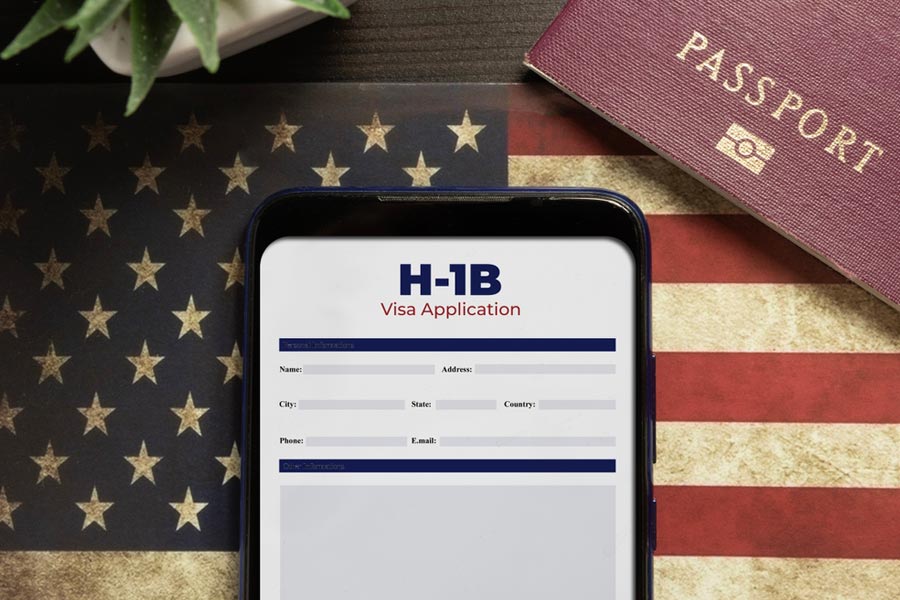 |
| LANGUAGE LESSONS: Differences in language can cause conflict in the workplace |
Precision, skill and a tendency toward perfection are what earned the Swiss watchmaker Vincent Roberts a customer service job with the luxury jeweller Harry Winston in New York.
Vincent Roberts’s limits in English overshadowed, for a time, his watch making skills.
So it came as something of a shock to Mr Roberts, a French-speaking 28-year-old, when his craftsmanship was overshadowed by an inability to communicate effectively with his boss and colleagues.
Before Mr Roberts moved from Geneva to New York in 2004, he took English classes in London; conversationally, they served him well. But when he entered the American workplace, he discovered that he was unprepared for the language of work.
“I was thrown in here by myself, and it was difficult to make myself clear,” he recalled. “I was very limited in the language when it came to technical words and expressions. It was not easy to confront someone or defend my decisions. I had few resources, and I felt like a failure.”
Many recent and not-so-recent immigrants can sympathise with that sinking feeling. Language barriers and cultural chasms are more predominant as the workplace becomes increasingly multicultural and a global economy requires increased interaction with foreign-born bosses, subordinates and co-workers.
Culture clashes and language barriers can sometimes result in miscommunication and conflict and, in some cases, formal complaints and lawsuits, workplace experts say.
In 2005, foreign-born workers accounted for about 15 per cent of the civilian work force, according to the Bureau of Labor Statistics. Since 2000, the foreign-born have accounted for 46 per cent of the total gain in the labor force.
Mr Roberts, for one, says he was “forced to adjust” or risk losing his job. His command of English improved in the first year, and he admitted to letting go of his “Swiss behaviour.”
While Mr Roberts said he felt alone in his job, some new immigrants find comfort by working alongside others from their home country, or even family members. At an upscale Brooklyn restaurant, Maricarmen Lopez, 25, born in Mexico, buses tables alongside her husband, brother-in-law and stepfather, who have kitchen and delivery jobs.
After working at the restaurant for just over a year, Ms Lopez has developed a better command of English.
Suzanne Stillenger is the restaurant manager who hired Ms Lopez and admires the fierce work ethic of the predominantly Latin American kitchen staff, even though the pay is low and there is no vacation or health plan.
Ms Stillenger is not fluent in Spanish but said there had always been enough bilingual workers to maintain functional communications. Still, some things get lost in translation. Two well-regarded Mexican chefs found it difficult to accept Ms Stillenger as their supervisor, and what they regarded as playful banter she considered unwanted verbal harassment.
Some of their banter, she said, translated into sexual innuendo. After years of being warned to stop, the chefs were finally fired.
“I’m not easily offended,” she said. “General banter is not a big deal. But translated, what they were saying was pretty raunchy. I said, ‘I hope someone says that to your daughter someday so you know how it feels,’ and the response was, ‘I hope so too, she’s a beautiful girl.’”
Just such confrontations are what diversity consultants and organisational experts want to avoid. Consultants for MeridianEaton Global, a consulting company based in San Francisco that specialises in diversity training, say that in recent years clients have started hiring them before a multicultural team or workplace becomes dysfunctional.
“In earlier interactions, it was about how to fix foreigners to fit us,” said Pamela L. Leri, the company’s New York-based director of global outsourcing.
Ms Leri has discovered that foreign-born executives are often baffled by American expressions like “Let’s hit the ground running” or “Let’s wing it.” Europeans, Latin Americans and Asians, she said, often perceive such phrases as “unnecessarily risk-oriented.”
Anita Zanchettin, the company’s Chicago-based director of global inclusion, provides diversity training and consulting for corporations and executives. She advises American executives to avoid using slang, to slow down the pace of conversation and to check frequently to make sure foreign-born business partners, colleagues and employees comprehend what is being said.
They advise executives to be sensitive to the needs of “face saving” cultures like China and India, where people are taught not to speak out in front of managers. Benjamin Dattner, the principal of Dattner Consulting, an organisational and research firm based in New York, says foreign-born workers who are “culturally reluctant to share” often irritate American employers, who may misinterpret the silence as lack of interest or belligerence.
But even with an apparent increase in diversity training, lawsuits based on national origin are still a staple of labour law, said Lawrence Z. Lorber, a lawyer specialising in labor and employment law at Proskauer Rose in Washington. At the Equal Employment Opportunity Commission, private-sector complaints, which include charges of discrimination by national origin, language or accent, rose 8 per cent from 1992 to 2005, to 8,035 complaints, from 7,434.
“These kinds of lawsuits rip things apart,” said Mr Lorber, whose firm represents corporate defendants and usually settles such cases before they go to trial. “It’s like Humpty Dumpty; once it’s broke it can’t be put back together.”
Belen Lopez-Garrido, 32, a Spanish-born television producer, enjoys New York’s professional corporate culture but at first was taken aback by the city’s fast pace and her blunt-speaking colleagues.
“American workers are totally wired, 100 per cent of the day,” she said. “I don’t think wired translates into being more effective. I think Americans see Europeans as being lazier, not taking their work as seriously. Just because there’s a different attitude doesn’t mean we’re not as serious.”










